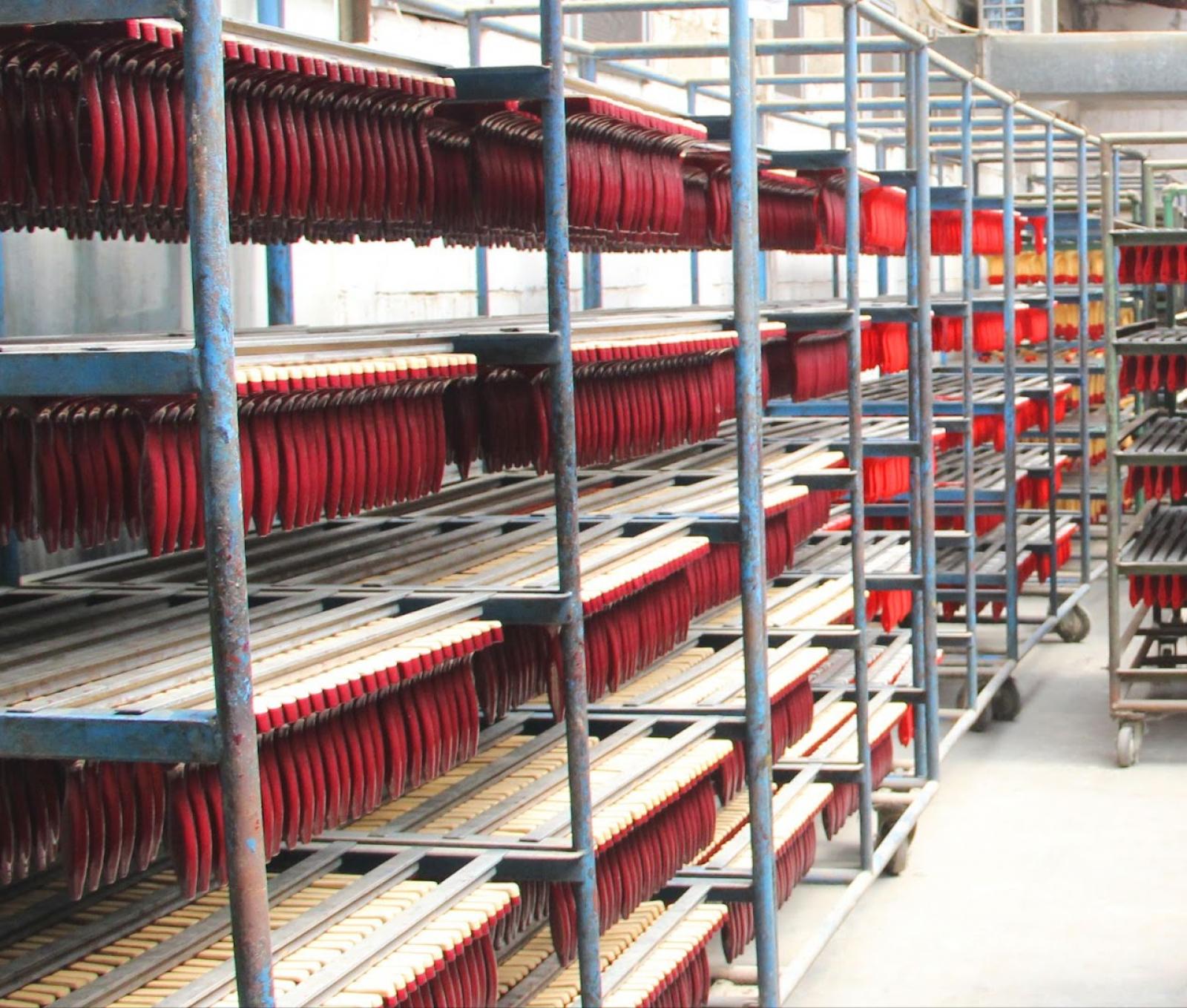
The South Korea stock market has moved higher in back-to-back sessions, collecting almost 40 points or 1.6 percent along the way. The KOSPI now rests just above the 2,680-point plateau although it may run out of steam on Monday.
The global forecast for the Asian markets is soft, with energy and technology stocks likely to be under pressure. The European markets were mixed and little changed and the U.S. bourses were down and the Asian markets figure to split the difference.
The KOSPI finished sharply higher on Friday following gains from the technology stocks, industrials and energy companies.
For the day, the index improved 32.73 points or 1.24 percent to finish at 2,680.35. Volume was 444.9 million shares worth 11.1 trillion won. There were 520 gainers and 350 decliners.
Among the actives, Shinhan Financial strengthened 1.32 percent, while KB Financial shed 0.42 percent, Hana Financial dipped 0.17 percent, Samsung Electronics rallied 1.52 percent, Samsung SDI spiked 3.40 percent, LG Electronics improved 0.74 percent, SK Hynix surged 4.24 percent, Naver lost 0.53 percent, LG Chem rose 0.33 percent, Lotte Chemical fell 0.33 percent, S-Oil jumped 1.64 percent, SK Innovation gained 0.72 percent, POSCO added 0.34 percent, SK Telecom advanced 0.77 percent, KEPCO dropped 0.83 percent, Hyundai Motor accelerated 1.20 percent, Kia Motors increased 1.82 percent and Hyundai Mobis was unchanged.
The lead from Wall Street is negative as the major averages opened higher on Friday but fell into the red shortly thereafter, closing under water.
The Dow dropped 68.71 points or 0.18 percent to finish at 38.722.69, while the NASDAQ tumbled 188.29 points or 1.16 percent to end at 16,085.11 and the S&P 500 sank 33.67 points or 0.65 percent to close at 5,123.69. For the week, the NASDAQ slumped 1.2 percent, the Dow lost 0.9 percent and the S&P eased 0.3 percent.
The early strength on Wall Street came as the Labor Department\'s closely watched monthly jobs report added to optimism about the outlook for interest rates. While job growth in February came in much stronger than expected, the report also showed notable downward revisions to job growth in the two previous months.
The downward revisions and the unexpected increase in the unemployment rate combined with a slowdown in the annual rate of wage growth has added to optimism the Federal Reserve will begin lowering interest rates in June.
Buying interest remained somewhat subdued, however, as traders seemed reluctant to continue buying stocks ahead of the release of key inflation data this week that could have a more profound impact on the outlook for rates.
Oil prices fell on Friday amid uncertainty about the outlook for demand, particularly from China after data showed a drop in the country\'s oil imports in the first two months of the year. West Texas Intermediate Crude oil futures for April shed $0.92 or 1.2 percent at $78.01 a barrel. WTI crude futures sank 2.5 percent in the week.





